How animation unlocks the neuroscience of learning
The way we learn and teach is changing.
The complexities of how our brain works is becoming more widespread. Research on the process of learning, memory and cognitive load are now at the forefront of education. However, we need to take action with the tools we have to enable better forms of information transfer and learning.
As well as being an animator, I am a teacher who teaches 11 to 19 year olds science as a Physics specialist. Teachers are amazing, they are fully trained on the functions of learning - the importance of using low cognitive load, modelling for the clearest subject understanding and the application of spiral learning where we build off of neurons that already exist to enhance memory and increase complexity of a subject.
However, the common strength that teachers lack is the ability to design visual models with low cognitive load. This strength can be found in the work of designers and animators.
Poster Infographics are a great way to illustrate more complex subjects in a single image. Here are two examples from Easelly.
Printed and placed on a wall where the audience can casually take in the information, what makes these so effective is how they are not made from blocks of text. They reduce the cognitive load by replacing text with alternative sources of pre-existing neuron memories and building on them.
For example, the Acids and Alkaline poster includes simplistic imagery of a water droplet. Most people wouldn’t need the words “water droplet” beneath the image to identify it as water because it is a symbol that is strongly rooted in our brain’s neural network. If instead, the water droplet was replaced with H2O, this would be a strenuous cognitive load for most people. They would have to think “what does H2O stand for?” Before they could begin to process the rest of the information on the poster.
This same process happens with people who are not used to reading newspapers. A lot of the population don’t spend their time reading long blocks of text, so the act of processing the text acts as a barrier to the information being transferred.
When less is more
Oliver Caviglioli is a widely known designer who specialises in reduced cognitive load diagrams and summaries that allow a wide range of audiences to consume complex information, he is definitely worth checking out. What makes his work so famous is his ability to create diagrams that need few words to explain what is going on.
His previous expertise as a head teacher at a special school focused his perspective on what is visually and universally recognised. This is why it is important to work with expert animators and designers with a strong understanding of culture and neuroscience to implement these connections in their work.
Animation is the next step of cognitive load reduction. Unlike posters where the viewer is left to freely wander the page, animation guides a viewer through the information. It locks them in on a path, grabbing their attention and telling a story about the information. This is a great way to show a process, or build upon knowledge chronologically.
Here is a little taster of our animation work:
Delivering information through animation has many benefits. Dictating the pace of information delivery allows the designer to highlight the most important parts of information. By lingering and building up to particular points can strengthen the impact and cognitive retention.
Accompanying animation with well timed voice over or captions allows for another dimension of information transfer. However, animators have to be considerate when to include voice over and text on screen at the same time. When reading we hear our inner voice, the voice we use for internal thought. It is incredibly difficult to take in information being spoken to you whilst reading. This is why it is important to reduce the amount of text on screen when a voice over is being implemented. For this reason it is beneficial to work with animators that have an extensive understanding of learning neuroscience when designing infographics and explainer videos.
A great example of this would be our recent educational work with the Royal Society of Chemistry, where we were able to visualise the generation of ions as their electrons were pulled away in electrolysis. Reading the previous sentence may have been difficult to visualise for some, so take a look at the video below, where we reduce the cognitive load by visualising it for the audience using animation.
Why is this important to learning?
Your students, learners and the public come from a range of backgrounds. Animation for education differentiates, breaks down barriers and enables complex information processing where an audience would otherwise reach the limit of their working memory.
As experts in animation and learning, we can help you educate, inform and inspire your audience.
Say hello and find out how we can bring your educational material to life.



